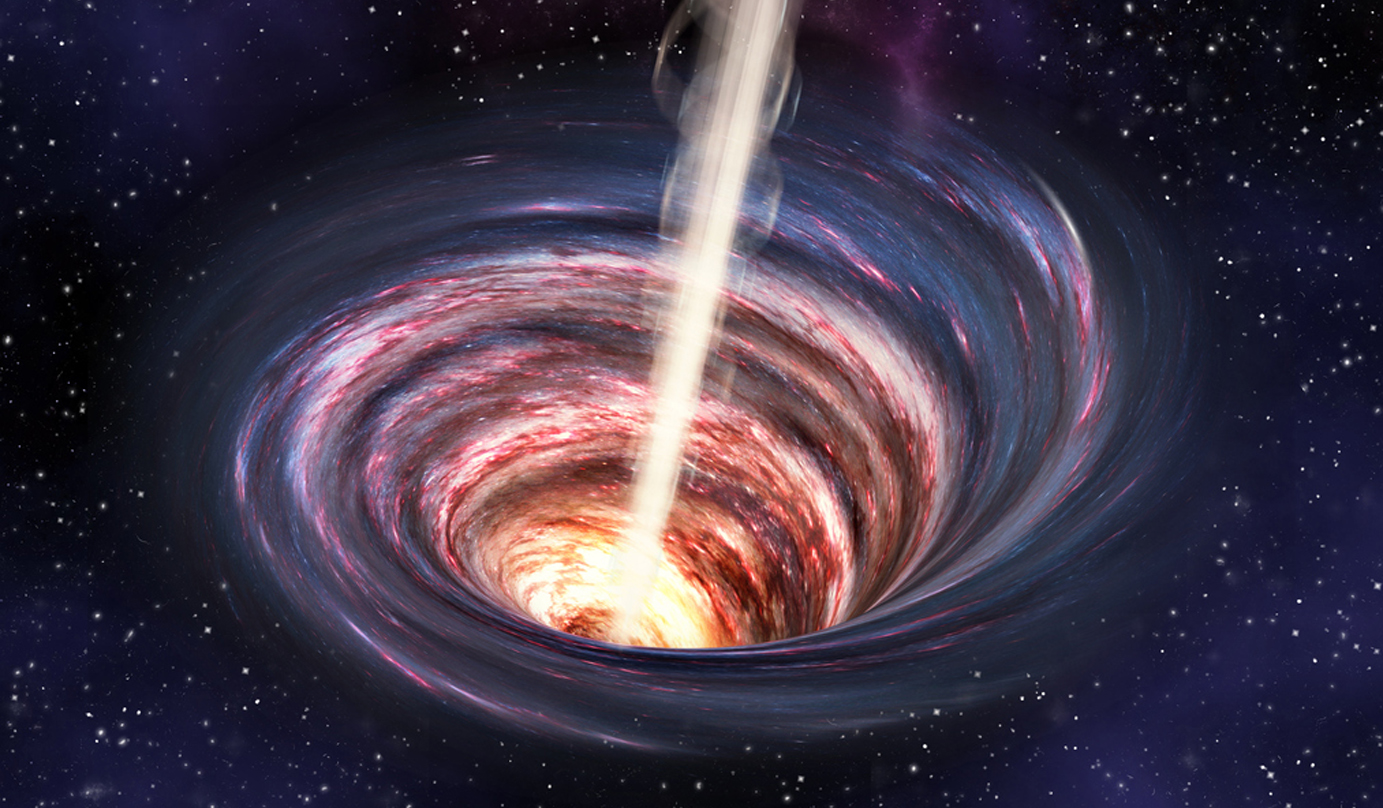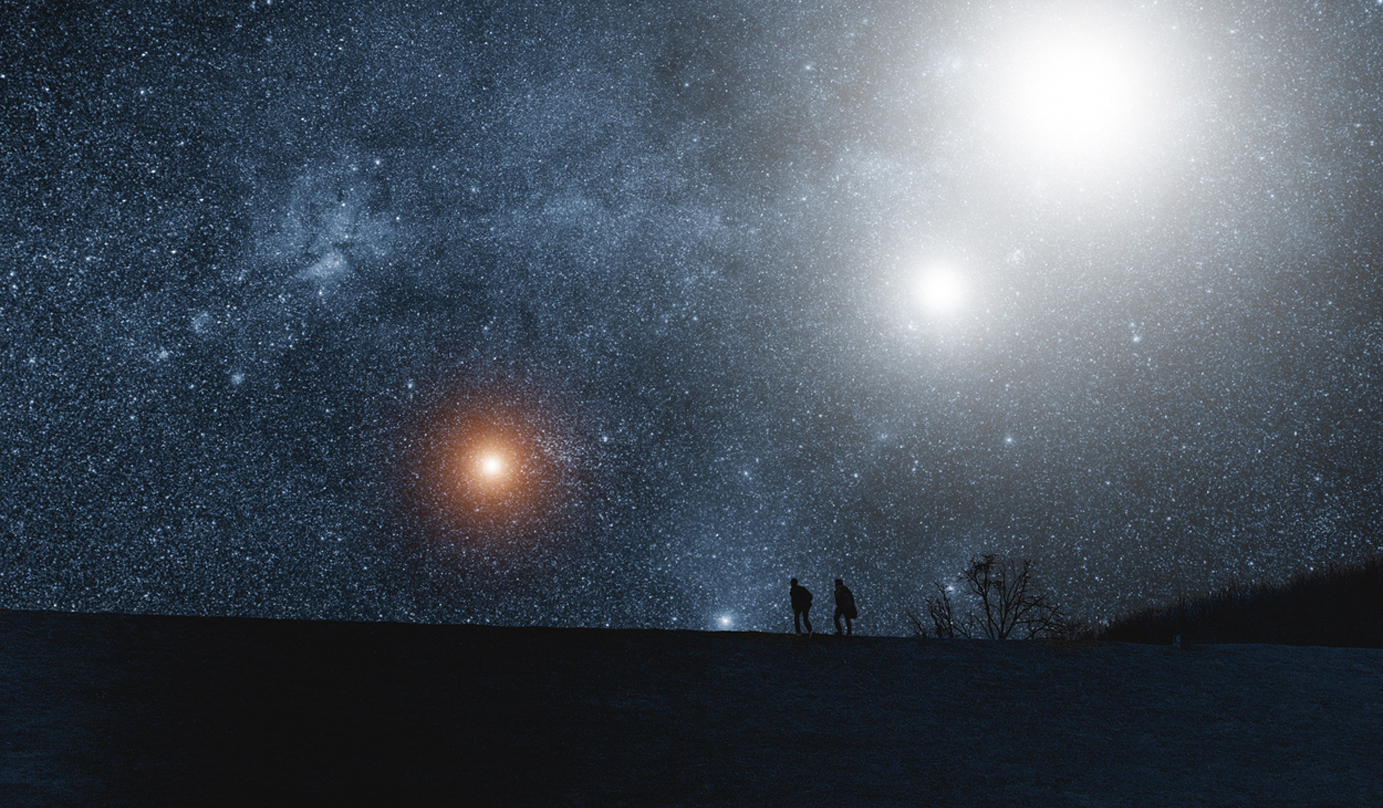
Space is an absolutely crazy place. When we observe and look up at the night sky, the moon and stars seem to hover above us. There are so many phenomena waiting for us to discover, from occurrences that cause awe to ones that have flummoxed human-kind for millennia. Let's take a look at the strangest and most peculiar elements of the universe.

For the last few years, scientists have been studying a dust cloud near the centre of our Milky Way galaxy. The dust cloud, Sagittarius B2, has the aroma of rum and tastes like raspberries. This gas cloud consists largely of ethyl formate, which gives raspberries their taste, and rum its distinctive smell. This large cloud is said to contain billions of liters of the stuff. However, it is undrinkable because of toxic particles such as cyanide.

55 Cancri e is a crazy planet made entirely out of crystallized diamond, which would make this planet cost 26.9 nonillion dollars. The huge diamond planet was once a star in a binary system, until its partner began to cannibalize it. However, the star could pull its carbon core away. Actually, diamond is just carbon after a lot of heat and pressure has been applied. So at a surface temperature of 1648°C, the conditions are almost perfect. One third of the planet is said to be completely pure diamond. This planet is made mainly of graphite and diamond (which are both allotropes of carbon). The huge gemstone is two times the size of Earth, and has eight times the mass.

We have all heard of or seen a black hole in science fiction movies, and they really are strange indeed. In the centre of the black hole is what we call the "event horizon." There, the gravitational pull is so strong that nothing can escape, even light! Spaghettification is also known as the "noodle effect." Spaghettification refers to how an object stretches as it comes in contact with a black hole. Astrophysicists think dying stars about three to twenty times the mass of our sun can form these strange objects.

Quasars are the brightest objects in the universe. The name quasar is short for Quasi Stellar Object. They are almost always found near a black hole. What gives the quasar its luminosity? This phenomenon typically requires an active black hole and a young galaxy, which makes gases that allow the quasars to exist. If quasars interest you, unfortunately, the nearest quasar to Earth is over 780 million light years away. Quasars also have life cycles and will die out.

Next up is nuclear pasta. Just like spaghettification, nuclear pasta is not a space inspired dinner dish. These small and dense stars form after a huge star implodes, often due to its own gravity and gravitational pull. In other words, nuclear pasta is made from leftovers of a dead star. Nuclear pasta is the strongest material known in the universe. Its strength comes from its density. Nuclear pasta got its name from the protons and neutrons and the forces between them. The force causes them to become long and cylinder-like, which resembles lasagna or spaghetti.

Hyperion is often referred to as the weirdest moon. This particular moon has an irregular shape; it is not round. Nobody knows exactly why it has such a different shape, but many scientists have hypothesized that perhaps the moon is the result of an impact between two objects. It is pockmarked with many craters and the surface resembles pumice stone, almost like a sponge. Perhaps Hyperion has been bombarded with debris in space.

The Boomerang Nebula is about 5000 light years away from Earth and it is relatively young. It is the coldest object found naturally so far. It is sitting at a temperature of -272°C. This nebula got its name because it resembles a boomerang.

All the space phenomena may seem strange or even futuristic. Human-kind have made discoveries that challenged the foundations and pillars that support our scientific knowledge. This scientific journey is ongoing, there is always more to learn. Likewise, humans will continue to uncover more and challenge our current knowledge.